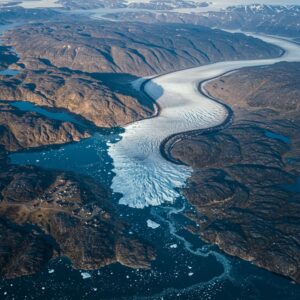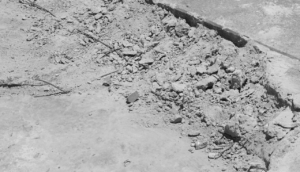
As we look to the stars and consider the future of humanity, the question of space colonization inevitably arises. Could we, one day, live on other planets or moons in our solar system? While Mars and the Moon are often the focus of such discussions, what about the gas giants, like Jupiter? Could humans live on Jupiter in the next 100 years? Let’s explore this question in depth.
Read
Understanding Jupiter
Jupiter, the largest planet in our solar system, is a gas giant primarily composed of hydrogen and helium, similar to the Sun. It has a strong magnetic field, dozens of moons, and a massive, complex atmosphere featuring storm systems like the Great Red Spot. However, these characteristics present significant challenges for human habitation.
Atmospheric and Environmental Challenges
Jupiter’s atmosphere is composed mostly of hydrogen and helium, with trace amounts of methane, water vapor, ammonia, and other compounds. This composition is not breathable for humans, meaning any attempt to live on Jupiter would require a constant supply of breathable air.
The planet’s atmospheric pressure and gravity also pose significant challenges. As one descends into Jupiter’s atmosphere, both pressure and gravity increase significantly. The intense pressure, more than 1000 times the atmospheric pressure on Earth, would be instantly fatal to humans.
Moreover, Jupiter’s strong magnetic field traps high-energy particles, creating intense radiation belts. This radiation would be harmful, if not lethal, to humans without adequate shielding.
Lack of Solid Surface
Unlike Earth or Mars, Jupiter does not have a solid surface. Instead, its gaseous atmosphere transitions gradually into a layer of metallic hydrogen and then to a core of rock, metals, and hydrogen compounds. This lack of a solid surface for building or landing makes the idea of human habitation on Jupiter even more challenging.
Technological Challenges
Given these environmental challenges, any attempt to colonize Jupiter would require technology far beyond our current capabilities. We would need to create habitats that could withstand extreme pressure and radiation, provide a breathable atmosphere, and somehow float or fly within Jupiter’s gaseous layers. While our technology has advanced rapidly in the past century, these challenges are likely beyond what we can overcome in the next 100 years.
Looking to Jupiter’s Moons
While Jupiter itself may not be suitable for human habitation, its moons could be more promising. For example, Europa, one of Jupiter’s largest moons, is believed to have a subsurface ocean that could potentially harbor life. Future colonization efforts might focus on these moons rather than the planet itself.
Conclusion
While it’s fascinating to imagine what human colonization of other planets might look like, it’s unlikely that we’ll see humans living on Jupiter in the next century. The environmental conditions on Jupiter are too harsh, and the technological challenges are too great. However, this doesn’t mean that human exploration of the Jovian system is off the table. The coming centuries may see us exploring, and perhaps even living on, Jupiter’s moons.
Sources:





Leave a Reply